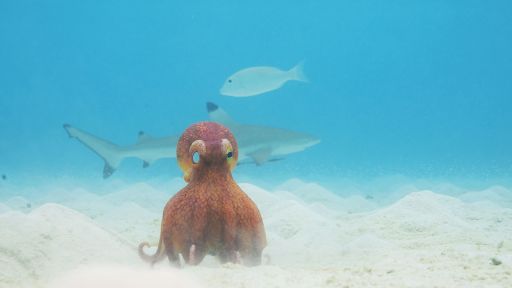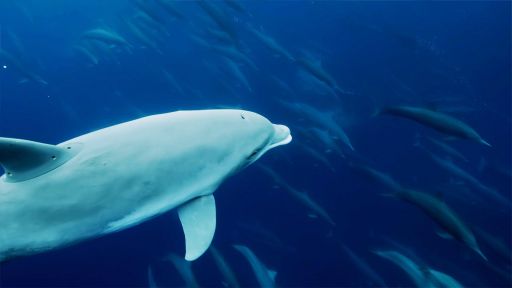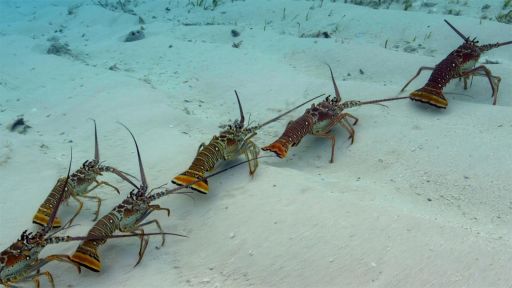The ocean depths are full of mysteries, but luckily there are intrepid spies up to the task of discovering them for us. Go on a mission deep beneath the waves in Spy in the Ocean, A Nature Miniseries, premiering Wednesdays, October 25 – November 15 at 8/7c on PBS (check local listings), YouTube and the PBS App.
John Downer Productions created dozens of new waterproof animatronic spy cameras for this latest installment of the popular Spy in the Wild series, including a whale calf, shark, dolphin, manatee, cuttlefish, octopus, seal, crab and many more. Utilizing the latest subsea technology, these uncanny robot lookalikes venture to the depths of the ocean floor to interact with their animal counterparts, communicating with them and mimicking their patterns. Watch as they swim, float, paddle, waddle, drift and fly into every nook and cranny to film rarely seen behavior that reveals how ocean animals possess emotions and behavior similar to humans – including the capacity to love, grieve, deceive and invent.
Witness Thailand macaques catching fish with their bare hands, one of the many firsts caught on camera. Spy Coconut Octopus gives a helping tentacle to a new octopus friend. Spy Seal joins a gang of young fur seals on an emotional rollercoaster ride to safety. The sophisticated Spy Cuttlefish replicates the changing patterns of real cuttlefish to disentangle itself from the complexities of courtship. In a rarely captured moment, watch as a group of sperm whale families join together in a close and intimate gathering to socialize.



